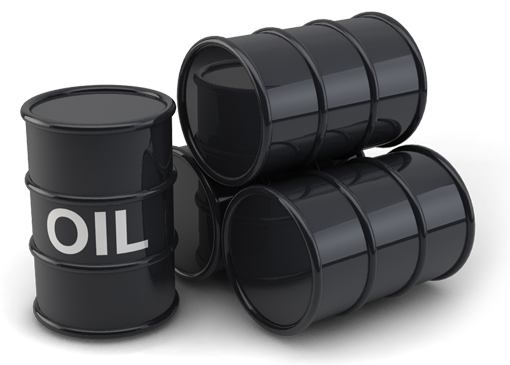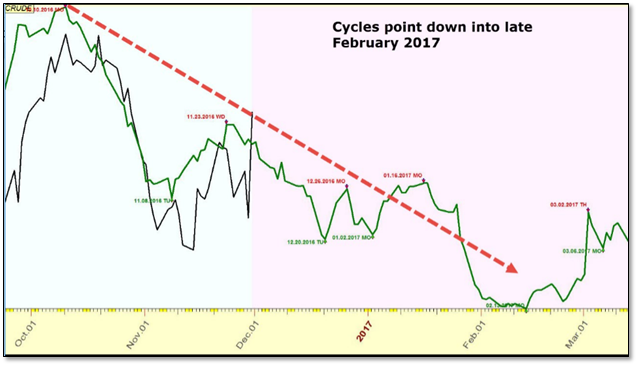
 The oil market is overjoyed and back above $50 a barrel following this week’s OPEC deal to cut production by 1.2 million barrels per day (bpd). The deal is expected to rebalance global inventories, perhaps in the first half of 2017.
The oil market is overjoyed and back above $50 a barrel following this week’s OPEC deal to cut production by 1.2 million barrels per day (bpd). The deal is expected to rebalance global inventories, perhaps in the first half of 2017.
I’ve got one word for that: Malarkey!
The fact is, oil’s in a temporary upswing at best. My models have been predicting bearish action in oil for a while now and I’ve spared no breath telling you about it. (More on this in a moment.)
And they’re not alone. Here are the latest reasons that oil is going down … and going down hard.
Bearish Factor #1: OPEC has a lackluster history of compliance with these kinds of deals: Over the last 17 production cuts – from 1982 to 2009 – their cuts came in at just 60% of what they promised. That translates to a measly 720,000 bpd — a drop in the bucket compared to world petroleum and liquids production of 96.26 million bpd.
Bearish Factor #2: Will non-OPEC member nations follow through with a 600,000 bpd cut? That’s a tall order with Russia already watering down their ability to cut their allotted 300,000 bpd because of “technical issues”.
Bearish Factor #3: The November 9th non-OPEC member meeting is liable to nix the entire OPEC deal before it even begins. Mexico already said they won’t cut their allotted 150,000 bpd in 2017. And Norway, Kazakhstan and Oman are sending mixed messages.
Bearish Factor #4: Even if all parties (OPEC and non-OPEC members) comply with stated adjustments, there are still concerns over supply and demand not addressed by the cartel.
Bearish Factor #5: Oil demand uncertainties have been moved to the back burner with headlines of a deal — but they’ve not gone away: Higher U.S. interest rates and a surging dollar — just like I predicted — are going to slam oil demand.
Bearish Factor #6: Recent data from China shows oil imports falling to their lowest level of the year in October. Plus, oil demand could come under added pressure from the yuan devaluation.
Bearish Factor #7: Then there’s economic uncertainty in India after Prime Minister Modi’s demonetization maneuvering, which is a threat to their appetite for crude oil.
Bearish Factor #8: Higher oil prices encourages greater production, which exacerbates an already massive global oil glut. In fact, the latest weekly stats from the U.S. Energy Information Administration shows oil production up 250,000 bpd in the last two-months to 8.699 million bpd.
I expect this figure to ratchet sharply higher with oil prices above $50, especially as U.S. shale producers have become technologically efficient. And higher oil prices will only bring more U.S. supply online.
Bearish Factor #9: Prospects for President-elect Trump’s administration to ease regulations on U.S. oil producers is another factor that aims at greater output, not less.
Why is this important to You?
The initial excitement surrounding the OPEC deal means prices are bid up artificially. That creates an ideal selling — not buying — opportunity. And like I said, that’s right in line with what my models have been calling for all along: Lower oil prices into early February. Take a look:

I’ve advised my members to begin positioning for the next leg lower in oil prices. They stand to make a bundle as excitement over OPEC’s latest scheme fizzles and global market realities come home to roost.
Be proactive, guard your wealth and take advantage of these market anomalies by subscribing to the Real Wealth Report today.
Best wishes,
Larry












